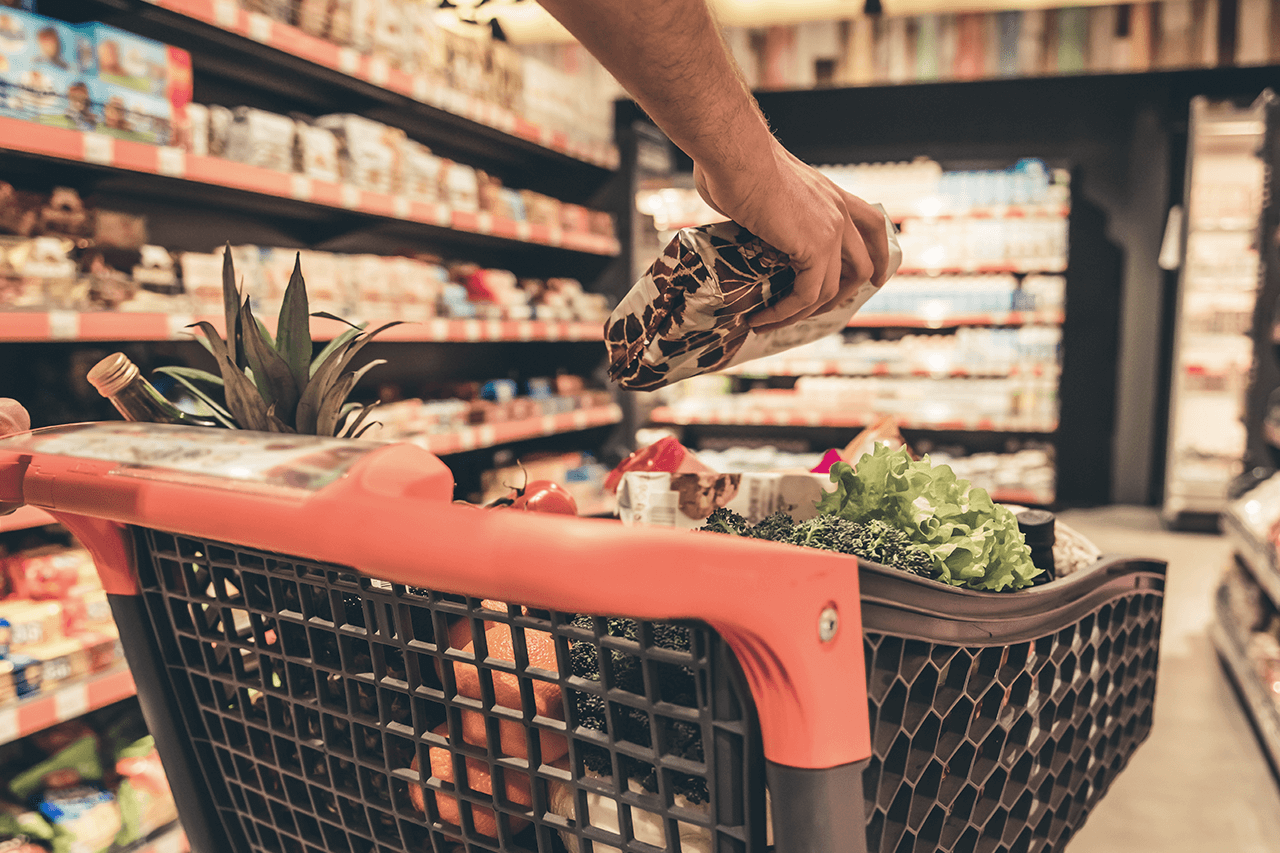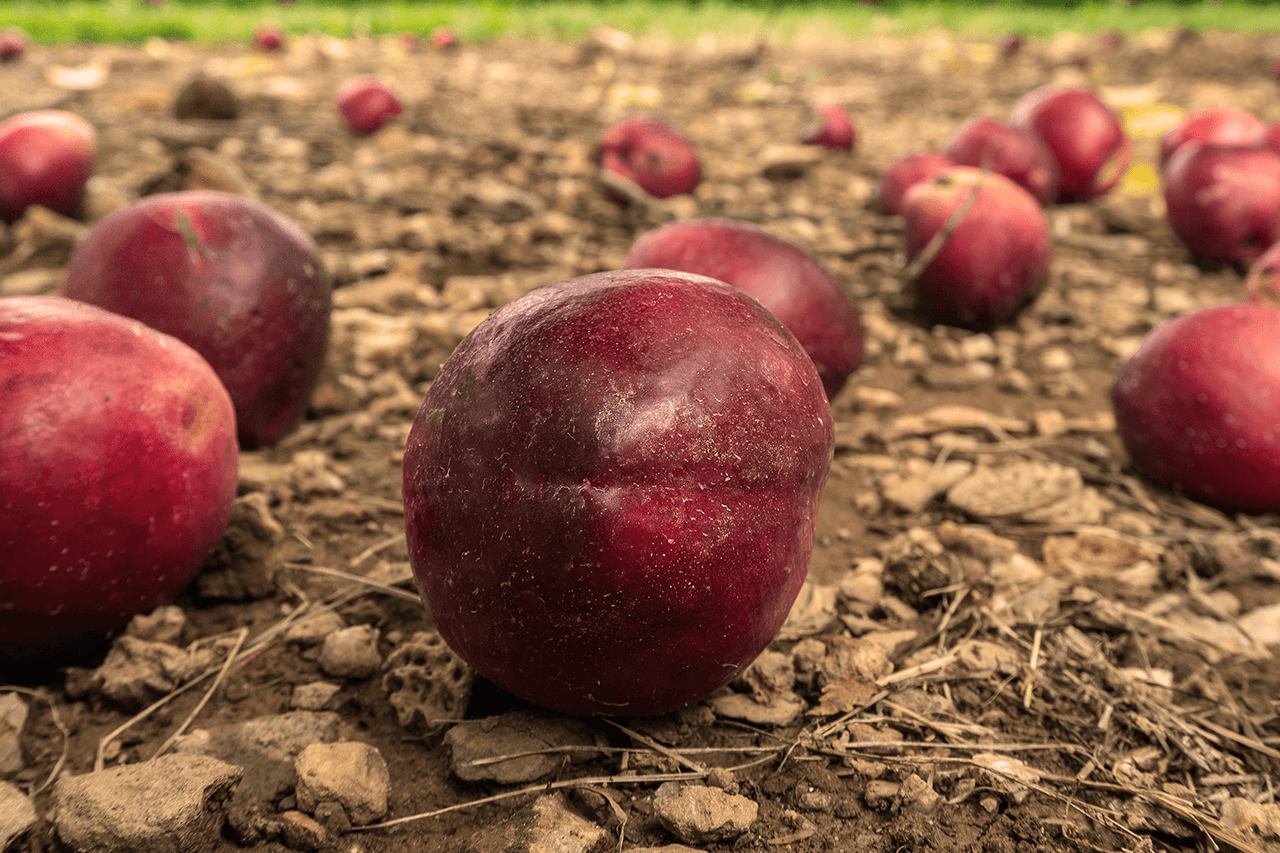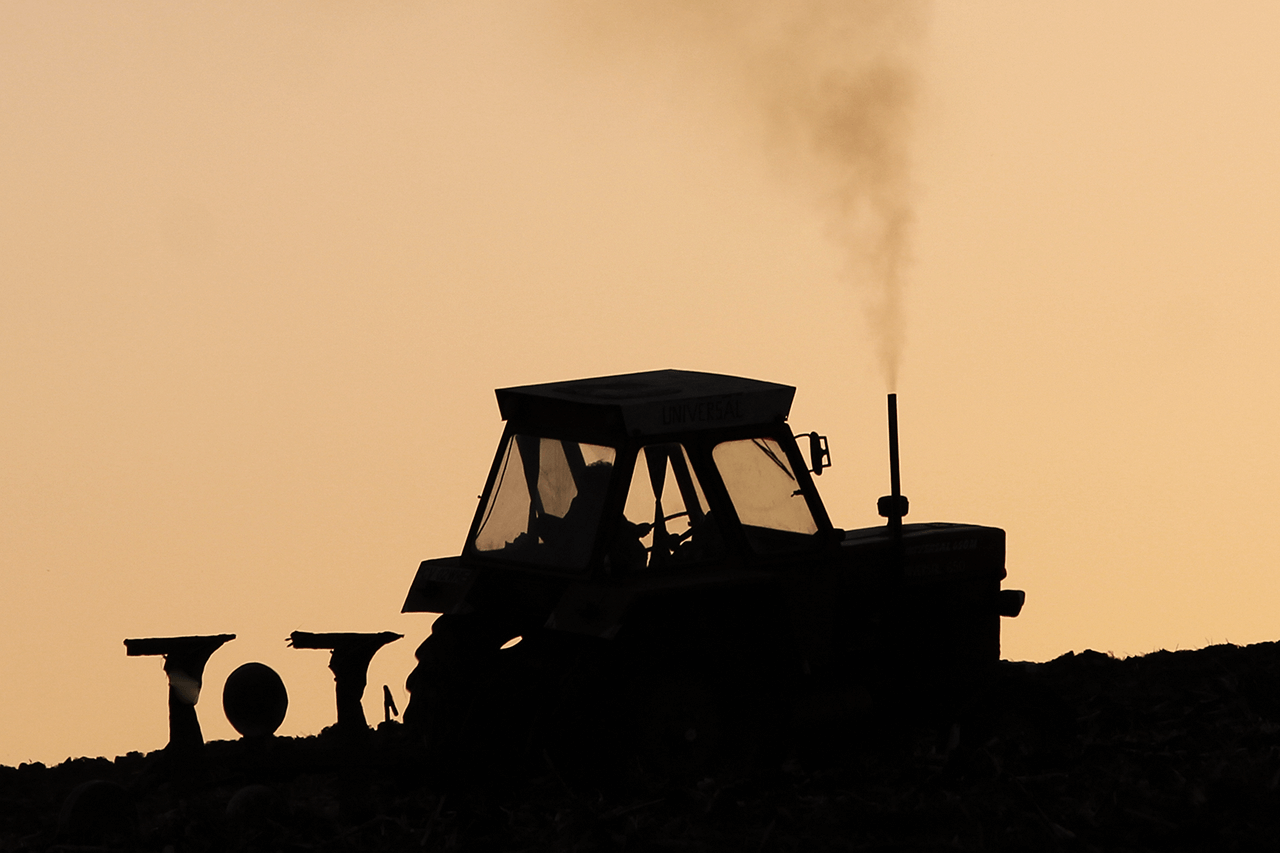If you ever ask someone “how much food do you waste” the proud answer would most
probably be “almost none”. They would never guess that a European wastes 95-115
kilograms of food per year. Unfortunately, food waste has already turned into an epidemic
growing at an ever-growing pace. The food wasted by the United States and Europe alone
could feed the world 3 times over. Some of the reasons for food waste are embedded in the
food production chain and requires institutional change. However, a greater share of waste
can be prevented by small changes in our everyday life.
Food Waste – Numbers Beyond Your Imagination

Unplanned Shopping
A common yet generally unconscious cause of food waste is “unplanned shopping”.
Although “planning” sounds like it takes all the fun out of shopping, it is imperative for
effective and respectful use of food. Most of us shop for groceries without a consumption
plan in mind: not thinking of when and how much to consume. However, a common result
of unplanned shopping is over-buying – buying more than we can consume, leading to food
waste and another factor mostly overlooked is when to consume. This generally results in
perished or expired food – totally wasted. In wealthy countries, 40% of the food wasted is
thrown out by consumers. A simple consumption plan (not anything fancy, but rather an
overall outlook of the weekly consumption) before shopping can save millions of
tons of food every year. There are many easy tips and tricks that can help you prevent food waste.

Unplanned Production
Another major reason for food waste is unplanned production. Unfortunately, roughly one
third of the food produced in the world is wasted. In developing countries, 40% of the food
is wasted while post-harvest and processing. In Europe, 185 kilograms of food per capita is
wasted during production to retail per year. Approximately 140 million tons of cereals are
wasted even before they are sold. Almost 50% of all vegetables and fruits produced are
wasted and approximately 65% of this is wasted even before consumption. Fish equivalent
to 8 billion Atlantic Salmons are thrown back to the sea, either because they are dead, dying
or badly damaged.

The immense numbers of food waste not only underline the amount of food that can be
saved, but they also highlight the amount of resources wasted. Resources used during food
production such as water, land, energy, labor, capital and greenhouse gas emissions are
squandered. 3.3 billion tons of CO2 equivalent of greenhouse gases are released into the
atmosphere per year because of food waste. Similarly, 1.4 billion hectares of land (28% of
world’s agricultural area) is used to produce food that is wasted.

